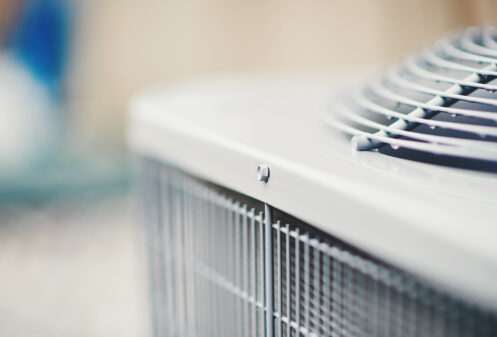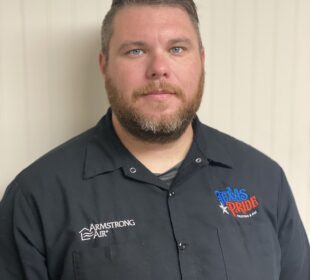Your ductwork system is important to your home’s heating, air conditioning, and ventilation system. However, ducts are sometimes prone to condensation, especially when there are temperature disparities between the outside and inside of the ducts and during times of high humidity. Condensation can be regularly seen as small water drops collecting on the vent openings and outside of your AC ducts. It can also form some water pools on your floor in serious cases.
Condensation on your ductwork system can lead to mold growth, water damage, and decreased HVAC system efficiency. Below are proven ways to get rid of condensation on your HVAC ductwork system and tips to prevent it from occurring in the first place.
1. Keep Your Filters Clean
One of the common causes of condensation in HVAC ducts is dirty filters. Dirty filters can contribute to condensation by hindering airflow through your HVAC system. When airflow gets restricted, the air within your ductwork cools down, impacting your air conditioning unit’s cooling and dehumidifying capacities. As a result, there will be high humidity levels in your residence, which might, in turn, lead to condensation on your ductwork.
HVAC experts recommend regularly replacing or cleaning filters to prevent condensation and air quality issues. You can replace your filters every month or every few months, depending on where you live and the filters you use.
2. Upgrade Your Attic
High humidity and warm attic temperatures can also contribute to condensation problems. However, improving the attic’s ventilation and upgrading the attic insulation can prevent condensation on the ducts. When purchasing the new insulation for your home’s attic, choose one with a high R-value. According to experts, the higher the attic’s R-value, the more effective it will be in keeping the outdoor air from infiltrating the attic.
3. Reduce Your Humidity Levels
The other way to break the condensation cycle in your ducts is by addressing the rising humidity levels in your home. If you live in a region with a humid climate, it can be challenging to reduce humidity levels. The good news is that there are many moisture-absorbing products in the market that you can purchase to get rid of the excess humidity in your house.
Investing in a dehumidifier can also go a long way. A dehumidifier can help pull excess moisture from your indoor air. You can also connect the dehumidifier with a smart controller to set and maintain your home’s moisture levels at a comfortable and safe level.
4. Seal Your Ductwork
Leaky air ducts can also contribute to the formation of condensation in HVAC ductwork systems. Air leakages can allow warm and humid air to enter your air ducts, causing condensation. Your ductwork specialist can help you seal your ducts using foil tape or duct sealant to prevent air leakages. Sealing your ductwork will help maintain consistent temperatures inside the air ducts and prevent the formation of condensation.
5. Increase Ventilation
A properly installed ventilation system eliminates excess moisture from your indoor air before it condenses on your ducts. If you have inadequate ventilation, opening windows can help increase ventilation and enhance air circulation in your home. You can also install exhaust fans in your kitchen, bathrooms, and other parts of your house that experience high humidity.
6. Duct Maintenance
Like HVAC filters, your ductwork system can also become clogged with debris, dust, pet dander, and other objects. Blocked air ducts can lead to restricted airflow, leading to condensation. While you can replace or clean filters, you can only perform duct maintenance if you are a trained professional.
You, therefore, need to hire a duct professional or an HVAC contractor since they have the technical know-how and the necessary equipment to complete the maintenance tasks. Scheduling duct maintenance every three to five years can help you prevent condensation on your AC ducts.
Contact the Duct Experts
Condensation on your HVAC ductwork system is a common problem that can lead to mold growth and even water damage in severe cases. You can implement the tips above to eliminate the condensation and ensure your HVAC unit is functioning properly. If you need help addressing the condensation problem, consult the HVAC professionals at Texas Pride Heating & Air. Our HVAC experts are certified and professionally skilled to provide excellent services to all our residential and commercial HVAC clients. We also offer ventilation, air conditioning, insulation, air quality, heating, and HVAC installation services throughout Southlake, TX, and its environs. Contact our representatives today to schedule your service appointment.








